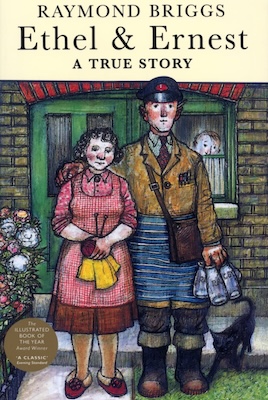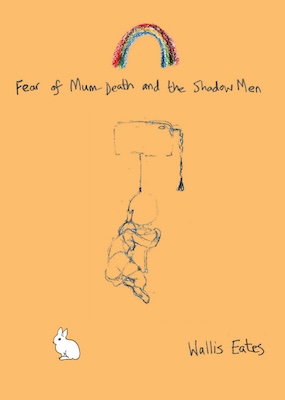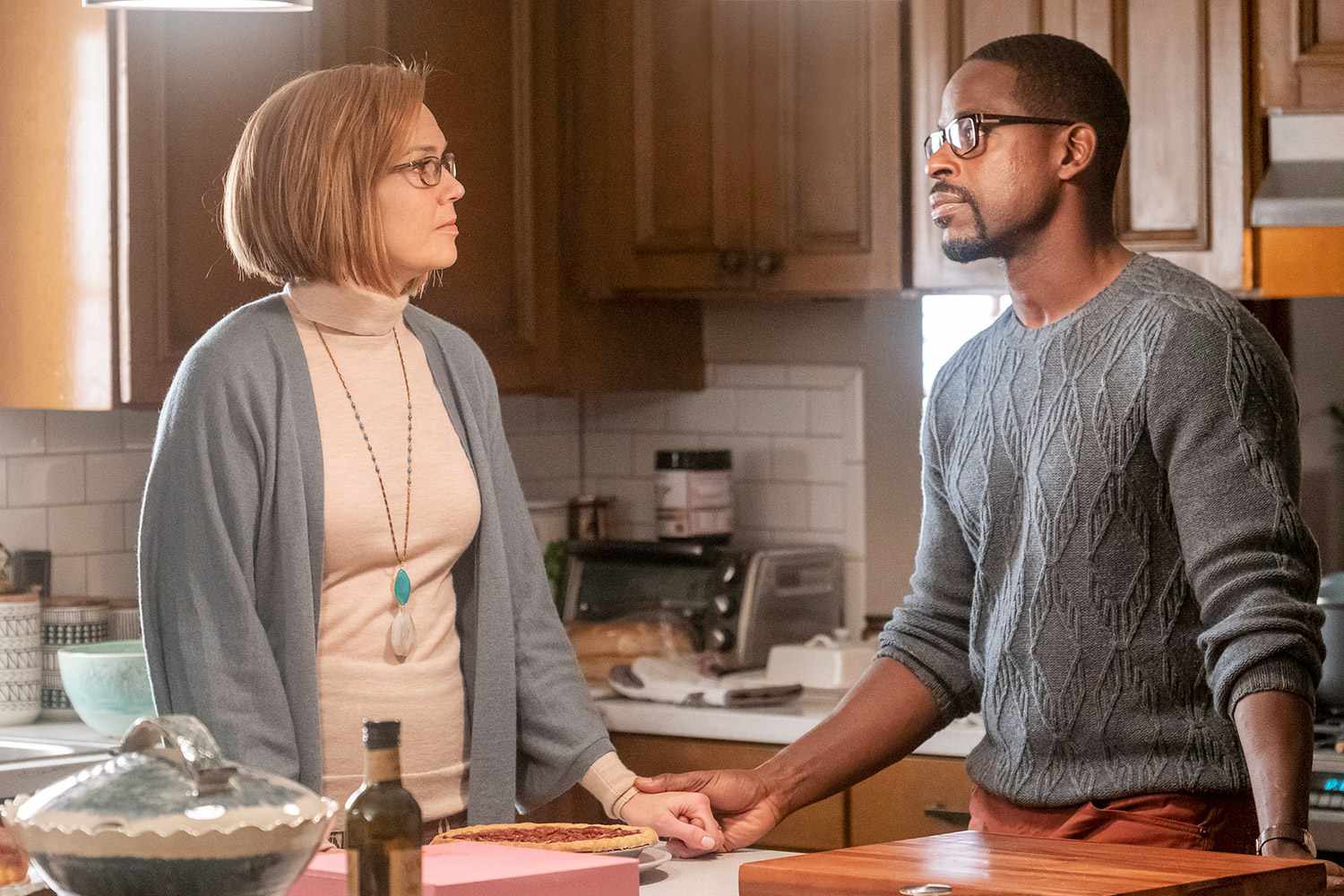After my mum died, I decided I had to do something with her paintings. She’d painted as a hobby throughout her life, and they’d accumulated in drawers all over the house. I felt that if I didn’t do something with them, who else would? I imagined they’d eventually become my kids’ problem and they’d get quietly disposed of when they no longer had room to store them.
The thing about the paintings that I particularly loved was the stories they reminded me of. The way they were a backdrop to my childhood. I decided to write a graphic novel, using the paintings to illustrate moments from my family’s life. Putting the paintings into context in this way felt more real than exhibiting them in a gallery.
Sorting through the paintings helped me see how my relationship with her had changed over the years. How, despite leaving home and having my own children, I’d always felt partly like a child around her. How, when her health declined and she became less mobile, my sister and I had to take on a more caring role.
This changing relationship with our parents as we, and they, age is familiar to many of us, and is a theme that occurs in lots of writing. I’ve chose to look specifically at comics and graphic novels as that’s the area I work in. All the examples below are written and drawn by a single creator, unlike the more well known superhero comics where a team of writers and illustrators may work on a single issue. The visual language of comics allows artists to present ideas, and communicate their message, in unique ways, differently to how a writer presents a work of prose or poetry.
Eve by Una
Eve is a dystopian, fictional graphic novel set in an imaginary town in the north of England. It is a political book which raises questions about the polarization between the left and right, and how we respond to the climate emergency. The book discusses what it is to be a daughter and a mother, and how these roles change throughout life. Una also writes about how society views these roles and the problems that arise when confined to these expectations.
Fun Home and Are You My Mother? by Alison Bechdel
Alison Bechdel deals with her relationships with her parents in two autobiographical graphic novels—Fun Home focuses on her relationship with her father, and Are You My Mother? focuses on her relationship with her mother. The books work together as companion pieces, through which Bechdel explores her own sexual orientation and gender identity. The narrative structure of both books is non-linear—events are recalled in a similar way to how memories work – jumbled chronologically, connected by themes and ideas. As Bechdel’s parents age (and her father dies), she tries to come to terms with the effect they’ve had on her life—how her father’s closeted homosexuality, and her mother’s lack of affection left a psychological mark on her life. Bechdel discusses her relationship with her parents, particularly through adulthood, in an unflinching, honest way.
Where? by Simon Moreton
Where? started out as a series of zines combining prose, poetry, comics, illustrations, and photos. It was later collected into a book. Moreton began making Where? after his father passed away. The narrative threads that run throughout the work relate to his memories of his father and the landscape where his family lived in the 1980s and 1990s. Moreton writes about the relationships in his family and how these change over time, through childhood and into adulthood. He discusses his father’s cancer diagnosis and death in 2017, and the grief that the family experienced afterwards. Where? is a beautifully created tribute, told with love and compassion. It connects emotion to place.
Can’t We Talk About Something More Pleasant? by Roz Chast
Roz Chast is a New Yorker cartoonist, and this book is told using her familiar short strips and single page illustrations. These short anecdotes build up to create a picture of Chast’s relationship with her aging parents, and their relationship with each other—George, the father is anxious, and Elizabeth, the mother, is overbearing. Chast documents her parents’ decline in health and death, showing how she, as their child, takes on a more parental role in caring for them. She is honest in explaining the frustrations this entails. The comics are told with a sense of humor, which highlights the love the family shared despite the difficulties experienced during old age.
Mom’s Cancer by Brian Fies
This graphic novel, which began as a webcomic, documents the course of Brian Fies’ mother’s lung cancer. He shares his struggles with his mother’s treatment and the effects the experience has on him and his sisters. Fies intended the comics to be a way of sharing information and insights into the practical and emotional effects that serious illness can have on patients and their families. He talks honestly and with humanity about the pain and fear the family felt.
In by Will McPhail
In tells the story of a young man struggling to find his place in the world. Someone who has grown up and created a life and career for themselves, but still struggling to get to grips with adulthood. He is troubled by his mother’s illness, but not sure how to relate to her, trapped in his own ennui. When she passes away, he expresses regret that he didn’t get to know her better. A lot of the storytelling is done visually, relying on the artwork to communicate ideas with no text, mixing neat, black and white drawing with bold, colorful, surreal watercolors. This contrast in media is used to show the main character’s feelings of loneliness and isolation.

Ethel and Ernest by Raymond Briggs
Ethel and Ernest is subtitled “A True Story,” and depicts the lives of Raymond Briggs’ parents from their meeting until their passing. Their story is played out against a backdrop of a turbulent time in history—the second world war, the moon landing, the atomic bomb. Ethel and Ernest, however, live a quiet, working-class life—their ordinariness is celebrated through the dialogue and detail in the drawing. Although the narrative focuses less on Briggs’ relationship with his parents, the tenderness with which he tells their story is deeply moving, and the reason why the book has become a classic British graphic novel.

Fear of Mum Death and the Shadow Men by Wallis Eates
Fear of Mum Death and the Shadow Men is part of Wallis Eates’ Mumoirs project—a graphic memoir about growing up a single child to an unmarried mother in the 1980s. The book is made up of short stories about her memories of that time along with reflections from the present day explaining how the events in the comics have affected her later in life. The comics also contain annotations in red pen with further reflections as though Eates has revisited the stories at a later date. Eates is unflinching about her mothers’ mental health struggles and explains how her behaviour affected her own mental health. There is a mixture of art styles throughout the book along with the inclusion of childhood photographs. This gives the book a feeling of a child’s scrapbook or diary which complements the highly personal writing.
Read the original article here

